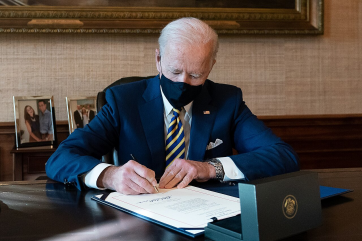Dengue Breakthrough: NYU Research Shows Phone Calls Can Detect Dengue Fever Outbreak
By Darren DomirezRoughly 400,000 lives are lost every year in different countries due to failure of detecting epidemics earlier. One factor is the lack of real-time data on classified Dengue cases, said by Lakshminarayanan Subramanian, a professor at New York University (NYU) Courant Institute of Mathematical Sciences and part of the research team.
He added that this technique can mobilize the public-health officials fight against the spread of such crippling diseases. The work is published in the journal Science Advances.
Umar Saif, the Vice Chancellor of Information Technology University, Punjab and Chairman of the Punjab Information Technology Board said that this phone-based Dengue surveillance system calls the number of calls received at a health hotline to calculate the number of dengue cases through block-by-block level on disease incidences, NYUNews wrote. Crowd-sourcing the data using citizen inquiries and feedbacks has relegated the need for allocating a large work force, he added. Saif also implemented the system in Pakistan.
The traditional way of gathering Dengue surveillance data requires a vast infrastructure to collect and analyze disease frequency data from all healthcare facilities in one country. While, the main call for this system is its competence to thoroughly monitor disease activities by simply evaluating citizen calls on a public-health hotline.
This phone-based Dengue surveillance system began in the aftermath of dengue outbreak in Pakistan last 2011. With 350 death tolls recorded and 21,000 other got infected, and since there is no known vaccine to treat different stages of dengue fever, public efforts are directed to prevention through eliminating the carriers of a specific disease like mosquitoes.
The research team examined roughly 300,000 calls to the health hotline that has been set up in the aftermath of the 2011 occurrences, to forecast the number of dengue cases all over the city and at a block-by-block level within a two-year period, NYUNews added. Then, the researchers matched their forecasts with the actual number of cases accounted in public hospitals. Unbelievably, the findings showed a high level of accuracy for the model's predictions: this Dengue surveillance system did not only label an outbreak, it also completed an accurate forecast of both the number of patients and their locations two to three weeks ahead of time.








